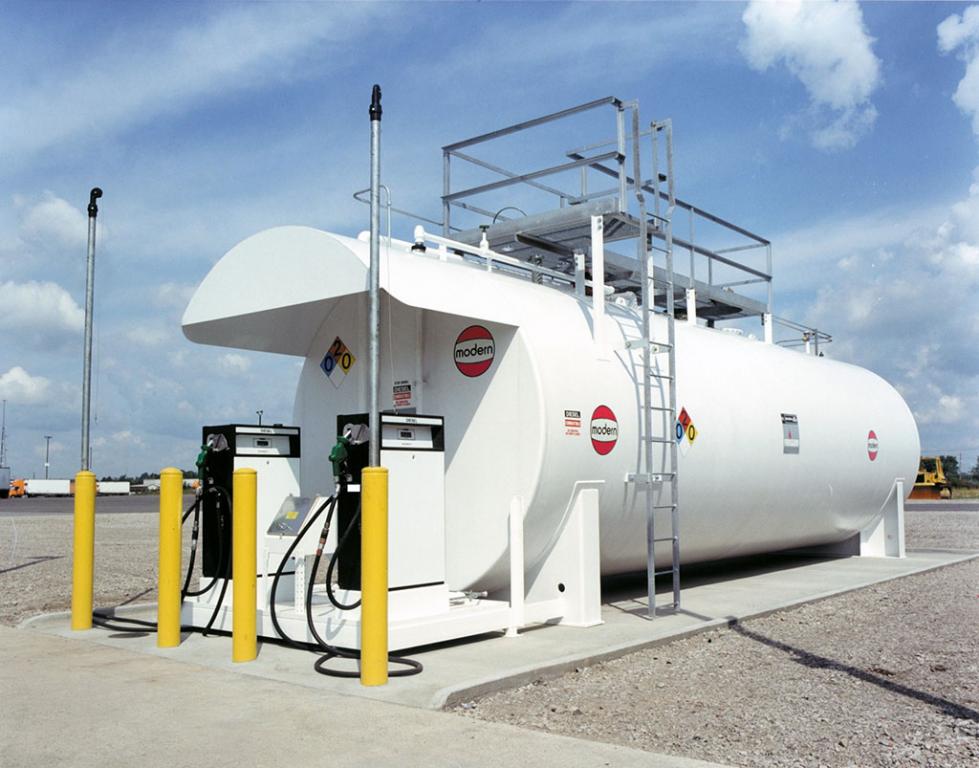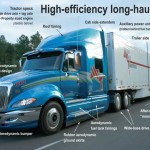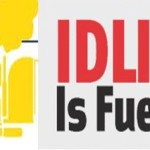
Whether you run a large fleet or a modest one, there is a fueling option that works better for you. Except in a worst case scenario as you would find in a ‘force majeure’, there is absolutely no justification for why an up and doing fleet manager should fail in ensuring his trucks are adequately fueled and ready to go all of the time.
Fueling options availabe to a trucker are diverse and varied. The task is more about you understanding the structure of your business and the conditions guiding your haulage contract (that is if you already have one) and devising a fueling arrangement that works. We will take a look at some of the available options you may want to explore. Suffice to say here that there is no option that is perfect. Each option has its pros and cons. We will evaluate the challenges and advantages of each option to enable you make a well-adviced decision.
Direct Fueling by Haulage Clients
This is by far the most popular source of fueling especially for haulage firms on a retainership contract with big manufacturing companies. Most manufacturers either directly maintain an in-plant fuel dump or run a product supply arrangement with petroleum marketers who in return either establish a petroleum filling station at close proximity or install and manage one within the manufacturer’s distribution center dedicated strictly for fueling of haulage contractors’ trucks. The initiative is driven by the realities of our environment where product scarcity and extreme price fluctuations have become routine whilst manufacturers strive to ensure their products get to the desired market on time and in good condition. Payment for cumulative rations received is usually back-charged from cumulative revenue due to haulage contractors over a certain time period usually bi-weekly or monthly. The arrangement offers a win-win potential: Manufacturers receive assurance that theirs goods will always get to desired market according to plan and projections while haulage firms enjoy product supply credit which is good for cash flow, hedging against price fluctuations as discharge price is locked over a certain time period (although this may be good or bad depending on which direction price fluctuates), guaranteed fuel availability and some quality assurance for diesel received.
As appealing as this arrangement may be, it is not without its own challenges. In the first instance, a number of haulage firms still lament the incidence of adulterated fuel despite the quality assurance received. Moreover the cash flow advantage in some instances disappear as some manufacturers take the liberty of passing debits for fuel discharged whereas freights revenue may still be pending probably due to reconciliation issues. In other instances, haulage firms receive debits for rations not received which most times are traceable to reconciliation mix-up. Instances also abound where personnel at the discharge point engage in some sharp practices. Sometime they under-dispense product with a view to mopping up the differential later for some pecuniary gains or collude with truck drivers to over-dispense and share the returns from the excess much later. But by far the greatest challenge is where the fuel dispensing point is geographically far removed from the distribution centers. With this arrangement, drivers travel some unpaid distances to fuel after loading thus increasing operational cost attached to each trip. This may prove counterproductive for the haulage firm depending on the distance in between and the convenience of access.
On-site Fueling & Mobile Fueling
Mobile fueling, on-site fueling, fleet fueling or truck to-truck fueling—these are some of the names used to describe when a fuel truck arrives at any location or your company’s operation base to refuel all or a member of your fleet at any time, right where it is parked. This is a typical arrangement that involves sealing product supply deal with independent fuel marketers who in turn make products available on demand. Delivery is made with fuel tankers or drums. Product marketers also avail credit line to haulage companies in which case backend payment is accepted for deliveries made over a defined period. Condition for such credit may be tied to months or years of unblemished patronage or verifiable credit history especially for new customers.
No one can argue against the convenience of onsite/mobile fueling, however, it comes at a cost. For instance, you have to make sure you are getting a very competitive price on the days when your tank needs to be filled. On top of that, you have drivers and delivery time to consider. It could also pose a huge threat to the execution of the procedure for testing and quality validation in view of the time constraint defined by the need to have trucks hit the road as soon as possible. These are some of the constraints that any company that is looking to adopting this arrangement would have to properly consider.
On-site Fuel Dump and Bulk Fuel Buying
This is one fueling arrangement that seems to be the fad among notable haulage firms with large fleet. It’s akin to having a filling station within the operations base. An underground or overhead tank is constructed to receive bulk fuel delivery usually fully loaded diesel tanker of 33,000 litre capacity or more depending on the size of the storage space. Several advantages are tied to this arrangement ranging from ability to hedge against price instability, ready availability of fuel, convenient fueling of trucks, ease of testing and quality assessment prior to delivery acceptance, accountability and ease of reconciliation. Basic to the successful operation of a petroleum product dump is ensuring that the overall system for tank filling control are of high integrity, with sufficient independence to ensure timely and safe shutdown to prevent tank overflow. This may depend on operators taking the correct actions at a number of stages in the filling procedure such as calculation of spare capacity; correct valve line up; cross-checks of valve line up; manual dipping of tank to check automatic tank gauging calibration; confirmation that the correct tank is receiving the transfer; monitoring level increase in the correct tank during filling and checks for no increase in level in static tanks. It may also be necessary to have a management systems in place for maintenance of equipment and systems to ensure their continuing integrity in operation. This may include the procedures for implementing changes to equipment and systems to ensure any such changes do not impair their effectiveness in preventing loss of containment or in providing emergency response.
However, this fueling option is not without its own baggage of challenges including but not limited to fulfilling all the required environmental laws and insurance liability to obtain clearance from necessary quarters for the installation of on-site petroleum product dump, the upkeep requirement on all equipment and the huge financial implication, squaring up to changes in regulations guiding the maintenance of on-site fuel tank and having in place a robust impregnable procedure that mitigate against fuel theft or subversion. Without it, fuel will be dispensed from the tank and it will be difficult, if not impossible, to know where it all went. Misuse and theft can easily go undetected without strong inventory controls. The loss of fuel will quickly wipe out any cost advantage of having the tank in the first place.
Fleet Fuel Cards
Not a very popular option in our environment but then it remains an option that can be explored by innovative companies. A fleet fuel card functions like a credit card and allows fleet managers to observe, report and control their company’s diesel fuel and maintenance expenses while reducing cost and saving time. A fleet fuel card enables businesses to purchase diesel, gas and maintenance within a network of authorized fuel merchants that provide information on each transaction. With a fleet fuel card, you have the added advantages of setting purchase controls such as diesel only, transactions per day and litres per transaction. You can even prevent non-fuel purchases and take control of your expenses.
Speaking about advantages, fleet fuel card enables you to manage your company’s fuel spend and maintenance expenses with timely detailed reporting, save money by reducing fraudulent charges, minimize paperwork, track purchases by driver and vehicle, manage, restrict and block purchases, view real-time transactions, easily locate fueling locations, enjoy reduced fees and increased savings. It also allows managers to track odometer readings so they can analyze purchases and usage while also granting the ability to generate exception reports that flag unauthorized purchasing and monitors after-hours purchases, daily transactions and daily naira amounts in real time.
The use of fleet fuel card no doubt packs some heavy and refreshing advantages but unfortunately, it is an option that is yet to find popular resonance with haulage professionals in our local environment. The fact that the usage is tied to a number of other infrastructures that are still also at a developing stage makes it no less challenging as a fueling option to consider. Credit card system, cash-light banking system and modern communication technology are among the needed infrastructures still facing lots of teething problem and wholesale acceptability crisis. It is however hoped that the increasing dynamism and aggressive push for improvement among the operators in these sectors will galvanize growth in the use of fleet fuel card in the foreseeable future.






